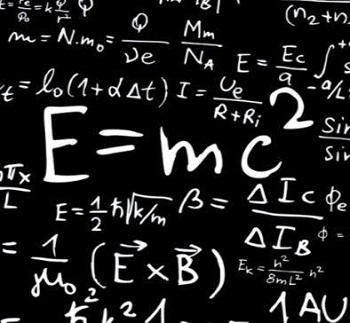 |
| Hubble Space Telescope over Earth during the STS-109 mission |
 |
| One of Hubble's most famous images, "Pillars of Creation" shows stars forming in the Eagle Nebula |
Space telescopes were proposed as early as 1923. Hubble was funded in the 1970s, with a proposed launch in 1983, but the project was beset by technical delays, budget problems, and the Challenger disaster (1986). When finally launched in 1990, Hubble's main mirror was found to have been ground incorrectly, compromising the telescope's capabilities. The optics were corrected to their intended quality by a servicing mission in 1993.
Hubble is the only telescope designed to be serviced in space by astronauts. After launch by Space Shuttle Discovery in 1990, four subsequent Space Shuttle missions repaired, upgraded, and replaced systems on the telescope. A fifth mission was canceled on safety grounds following the Columbia disaster (2003). However, after spirited public discussion, NASA administrator Mike Griffin approved one final servicing mission, completed in 2009. The telescope is operating as of 2016, and could last until 2030–2040. Its scientific successor, the James Webb Space Telescope (JWST), is scheduled for launch in 2018.
 |
| The Hubble Space Telescope (HST) was put into orbit from the Space Shuttle Discovery |
Quest for funding
The continuing success of the OAO program encouraged increasingly strong consensus within the astronomical community that the LST should be a major goal. In 1970, NASA established two committees, one to plan the engineering side of the space telescope project, and the other to determine the scientific goals of the mission. Once these had been established, the next hurdle for NASA was to obtain funding for the instrument, which would be far more costly than any Earth-based telescope. The U.S. Congress questioned many aspects of the proposed budget for the telescope and forced cuts in the budget for the planning stages, which at the time consisted of very detailed studies of potential instruments and hardware for the telescope. In 1974, public spending cuts led to Congress deleting all funding for the telescope project.
In response to this, a nationwide lobbying effort was coordinated among astronomers. Many astronomers met congressmen and senators in person, and large scale letter-writing campaigns were organized. The National Academy of Sciences published a report emphasizing the need for a space telescope, and eventually the Senate agreed to half of the budget that had originally been approved by Congress.
 |
| Grinding of Hubble's primary mirror at Perkin-Elmer, March 1979 |
The funding issues led to something of a reduction in the scale of the project, with the proposed mirror diameter reduced from 3 m to 2.4 m, both to cut costs and to allow a more compact and effective configuration for the telescope hardware. A proposed precursor 1.5 m space telescope to test the systems to be used on the main satellite was dropped, and budgetary concerns also prompted collaboration with the European Space Agency. ESA agreed to provide funding and supply one of the first generation instruments for the telescope, as well as the solar cells that would power it, and staff to work on the telescope in the United States, in return for European astronomers being guaranteed at least 15% of the observing time on the telescope. Congress eventually approved funding of US$36 million for 1978, and the design of the LST began in earnest, aiming for a launch date of 1983. In 1983 the telescope was named after Edwin Hubble, who made one of the greatest scientific breakthroughs of the 20th century when he discovered that the universe is expanding.
 |
| Snow Angel S106 Nebula - Hubble Space Telescope |
Source Wikipedia
Share
THE HUBBLE SPACE TELESCOPE H.S.T
4
/
5
Oleh
Univers Science






